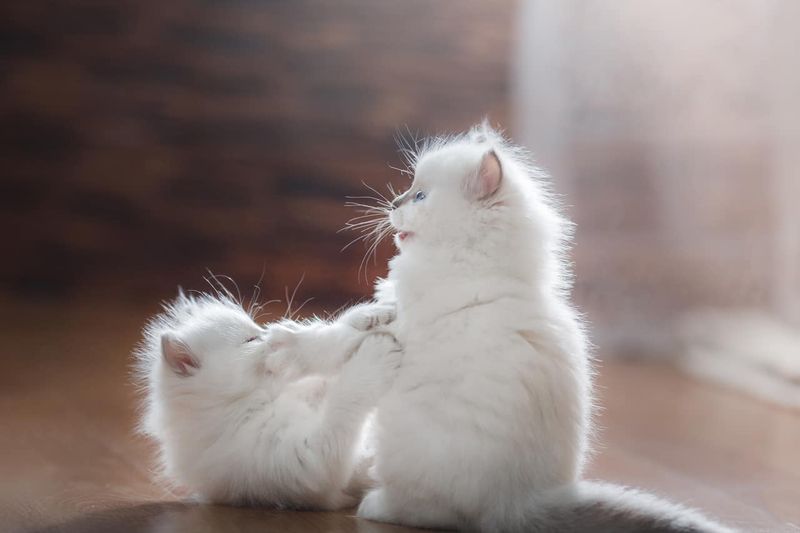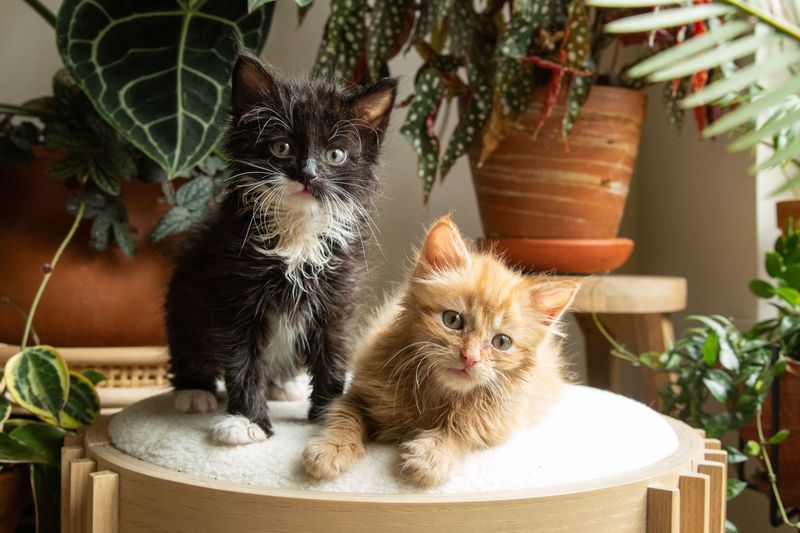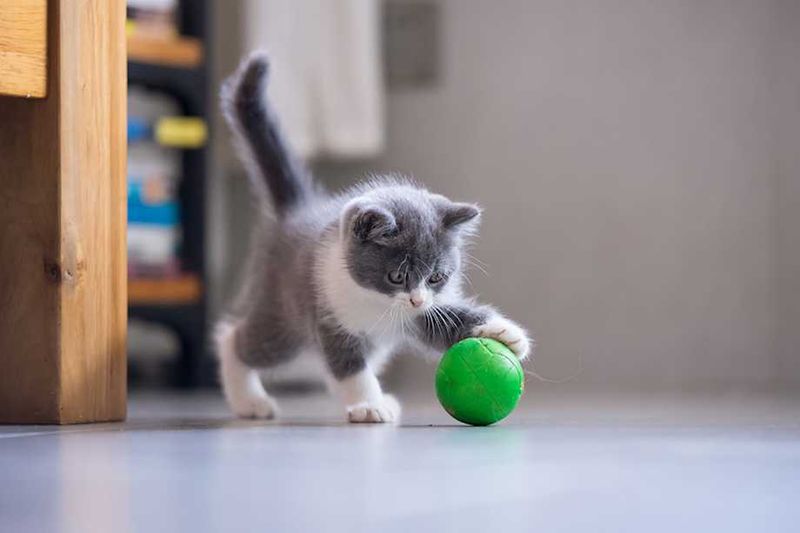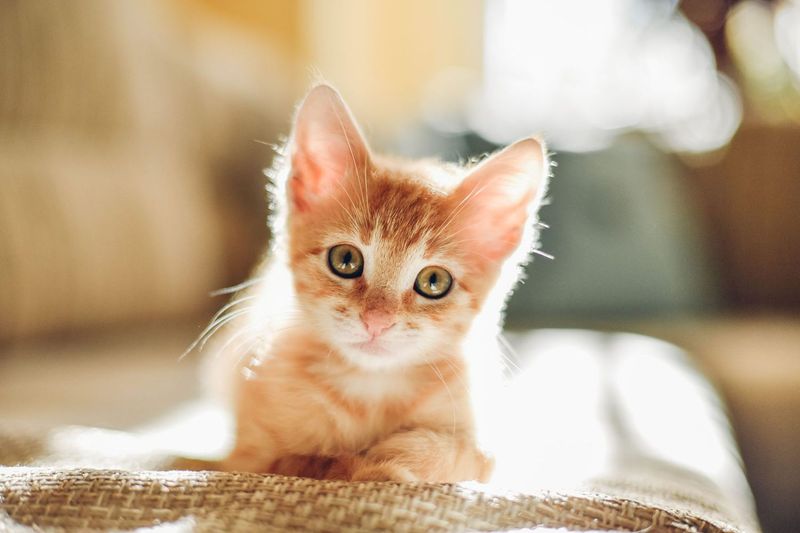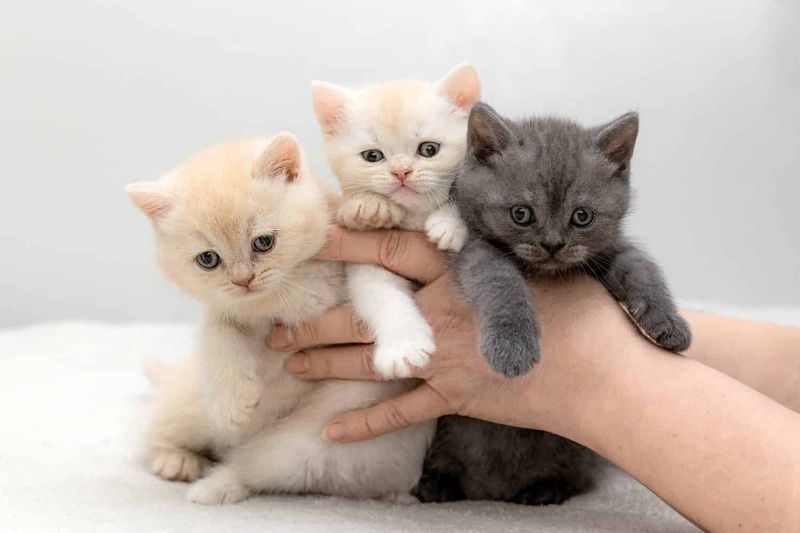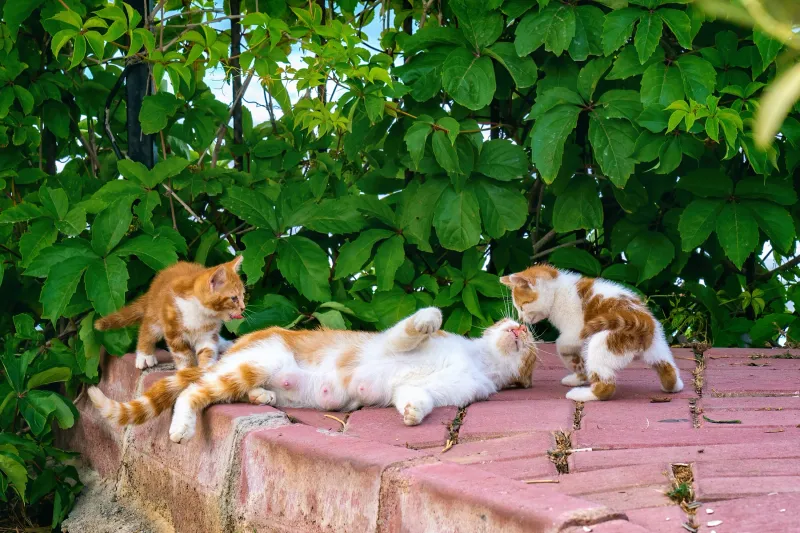📖 Table of Content:
- 1. Introduce Them Gradually
- 2. Create a Safe Shared Space
- 3. Provide Multiple Resources
- 4. Supervise Early Interactions
- 5. Encourage Positive Play
- 6. Recognize and Respect Boundaries
- 7. Keep Them Well-Fed and on a Schedule
- 8. Groom and Handle Each Kitten Equally
- 9. Use Positive Reinforcement
- 10. Monitor for Changes in Behavior
Bringing home a litter of kittens is equal parts heartwarming and hectic. While those tiny paws, twitchy whiskers, and playful pounces can melt your heart, managing a group of sibling kittens can quickly turn into a fur-flying frenzy if not handled with care. Just like human siblings, kittens have their own personalities, preferences, and yes—occasional spats. Ensuring harmony from the start is key to raising well-adjusted cats who can coexist peacefully as they grow.
Socialization during kittenhood plays a crucial role in shaping lifelong behaviors. While littermates often come with a built-in bond, their interactions still need gentle guidance to prevent rivalry and encourage cooperation. As a pet parent, your role is part referee, part cheerleader, and part cozy lap provider. By understanding the dynamics between kitten siblings and setting the right environment, you can help build a home full of cuddles, not conflicts.
Whether you’re fostering a litter or adopting a pair (or trio!) to stay forever, these 10 tried-and-true steps will help create a peaceful life among your furry family. From resource sharing to playful bonding, you’ll learn how to foster love, not competition. Let’s dive in and help your kittens thrive—together!
1. Introduce Them Gradually
Patience is your best friend when introducing or reuniting kitten siblings. Even littermates can feel uncertain or territorial if they’ve been apart. Rather than tossing them together right away, set up a safe space with a divider or baby gate. This allows them to see, hear, and smell each other without direct contact. Gradually increase their time together under supervision. Look for body language cues like tail flicks or flattened ears. End interactions on a positive note to prevent anxiety. The more relaxed and paced the introduction, the stronger the bond will be.
2. Create a Safe Shared Space
Designing a kitten-friendly space goes a long way in preventing conflict. Choose a quiet room with plenty of soft surfaces and vertical space to explore. Scatter cozy blankets, hideaways, and toys throughout. Add scratching posts to let off steam in a healthy way. Avoid overcrowding one area with resources, which can trigger competition. Safety is key—check for cords, small objects, or hiding spots that could trap them. An open yet cozy layout fosters shared exploration. Your kittens will feel more confident and cooperative in a space that feels like home.
3. Provide Multiple Resources
Fairness reduces friction. When every kitten has access to food, water, litter boxes, and sleeping areas, there’s less reason to squabble. Aim for one resource per kitten, plus a spare for good measure. This means three kittens should have four litter boxes—not negotiable! Place them in different areas to prevent guarding behavior. Some kittens may be more dominant, but equal access helps level the playing field. You’ll also notice fewer accidents and stress signals. Sharing may be caring—but providing multiples keeps the peace.
4. Supervise Early Interactions
Observation is your secret tool during the first few days of play. Kittens can look like they’re having fun until suddenly it turns too rough. While mock fights are normal, things like growling, prolonged hissing, or hiding should raise red flags. Stay close by when they play and be ready to step in. Use a toy to distract rather than scold. Separating kittens briefly and reintroducing them with positive reinforcement can reset the mood. The goal isn’t to prevent all conflict—but to help them learn limits. A little guidance now makes for lifelong respect later.
5. Encourage Positive Play
Nothing builds sibling trust like shared playtime. Rotate engaging toys like feathers, crinkle balls, and tunnels that encourage interaction. Avoid using your hands to play, as it can lead to redirected aggression. Let them chase, pounce, and tumble in a safe space. Shared victories during play release feel-good hormones that reinforce bonding. If one kitten tends to dominate play, introduce solo toys to balance attention. Play isn’t just fun—it’s a form of emotional communication. With enough positive experiences, play becomes their love language.
6. Recognize and Respect Boundaries
Every kitten comes with its own emotional wiring. Some are social butterflies; others need their personal bubble. Watch closely for subtle signs of discomfort like backing away or pinned ears. Never force kittens into closeness if they aren’t ready. Instead, give the shy ones cozy hiding spots and quiet corners to retreat to. Allow confident kittens to explore first, and let others follow when they feel safe. This honors their comfort levels and builds trust naturally. Respect breeds harmony in any feline relationship.
7. Keep Them Well-Fed and on a Schedule
Routine offers structure—and structure soothes stress. Feeding all kittens at the same time creates predictability and minimizes food guarding. Hungry kittens can become cranky and prone to tussles. Offer meals in separate bowls, spaced apart, to prevent crowding. Always keep fresh water available, too. A consistent routine also helps with sleep cycles, reducing nighttime chaos. When their tummies are full and their needs met, kittens are simply happier. A full belly makes for a peaceful nap and a better mood.
8. Groom and Handle Each Kitten Equally
Balanced attention is the glue that holds harmony together. If one kitten constantly receives more cuddles or grooming, others may feel left out or become jealous. Spend time petting, brushing, and snuggling each sibling every day. Rotate lap time and even use their names often to form individual bonds. Handling builds trust, and equal handling creates fairness. Don’t forget to check in on quieter kittens who may not seek attention as boldly. Grooming also helps you monitor health, like checking for bumps or fleas. Equal love fosters equal peace.
9. Use Positive Reinforcement
Reward the good stuff—it works like magic. When your kittens share toys, groom each other, or nap peacefully side by side, give a treat or offer kind words. Positive reinforcement tells them, “Hey, this is the behavior we love!” Use clickers or treats consistently to reinforce harmony. Don’t wait for problems to show up—reward the calm moments before chaos starts. It builds a strong association between calm behavior and happy outcomes. Over time, peace becomes the preferred habit. A little encouragement goes a long way.
10. Monitor for Changes in Behavior
Vigilance helps you catch problems before they escalate. If one kitten starts hiding, stops eating, or becomes overly aggressive, something may be off. Illness, developmental changes, or stress from the environment can all disrupt sibling harmony. Track behaviors with a journal if needed. Changes in the group dynamic are natural—but sudden ones deserve a second look. Don’t hesitate to call your vet if something feels wrong. Early intervention can prevent long-term issues. Healthy kittens are happy kittens—and happy kittens are friendly siblings.

